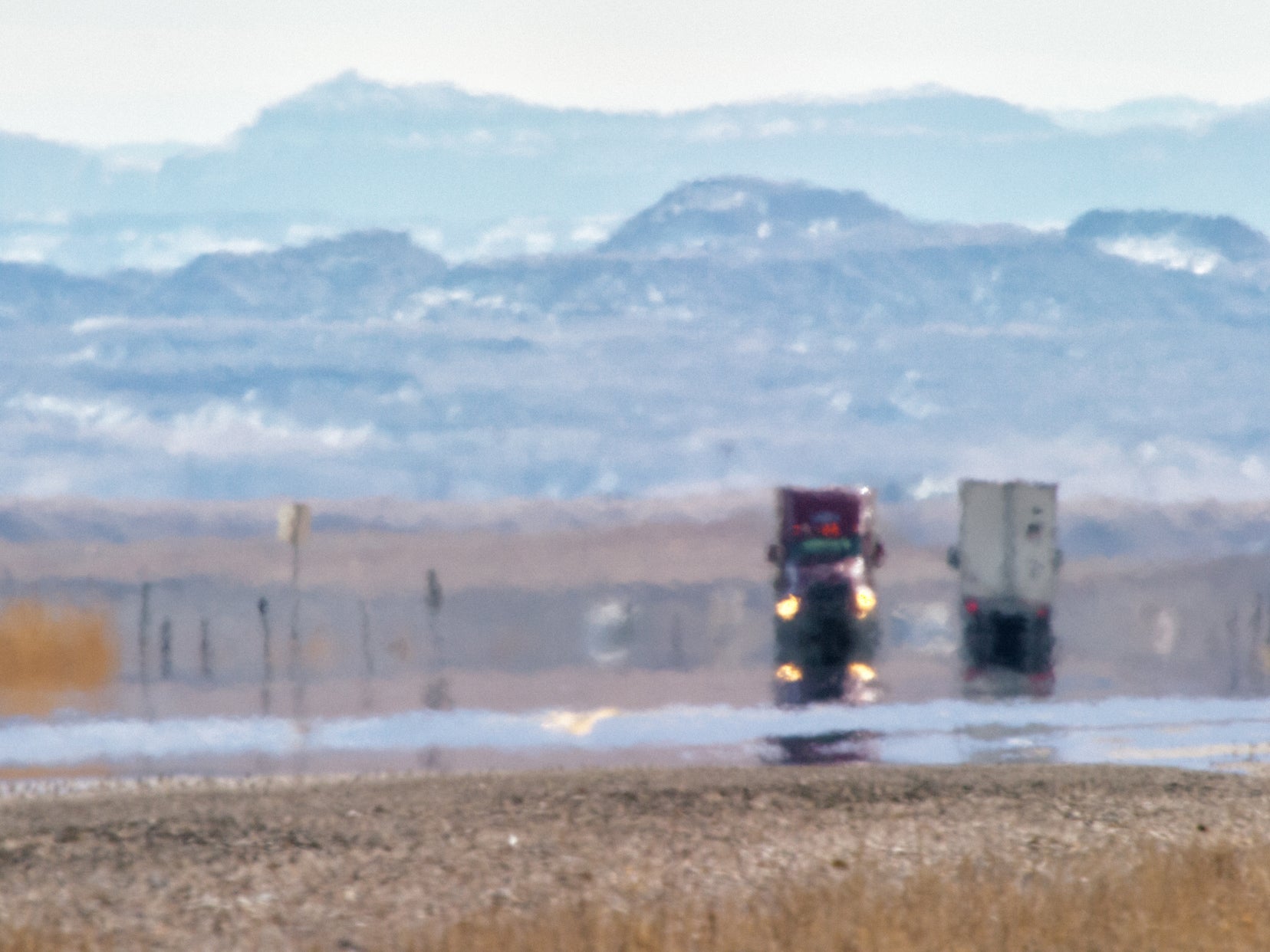This website uses cookies so that we can provide you with the best user experience possible. Cookie information is stored in your browser and performs functions such as recognising you when you return to our website and helping our team to understand which sections of the website you find most interesting and useful.

An “excessive heat warning” has been issued by the US National Weather Service for parts of Arizona, Nevada and California, including Las Vegas and Phoenix.
Temperatures are expected to climb to 50C (122F), which the weather service said amounts to “dangerously hot conditions”.
The warning will remain in place until 9pm on Saturday.
“Heat of this magnitude is rare, dangerous, and deadly,” said the Phoenix National Weather Service, which also urged people to remain hydrated.
On Friday, temperatures broke records in some areas, reaching 46C in Phoenix, 50C in Palm Springs and 51.6 (125F) in Death Valley in California.The heatwave is the product of an area of high pressure moving through the southwest US.
It is expected to last throughout the weekend before temperatures fall at the beginning of next week.
The weather service recommended avoiding unnecessary outdoor activities, to drink before you are thirsty, to check on family and friends, prepare for hot nights, and use air conditioning “despite financial cost”.
It also warned that people with certain medical conditions, the elderly, and those without access to air conditioning are at particular risk.
July 2020 is now the hottest month on record for Phoenix with an average temperature of 37.2C (99F). This breaks the old record of 36.8C (98.3F) set in July 2009 and tied in August 2011.
The dry weather, intense heat and light breeze could also be a fire risk, the NWS said.
Extreme heat is one of the leading causes of weather-related deaths in the United States, killing over 600 people per year - more than all other impacts (except hurricanes) combined, according to the US Centre for Climate and Energy Solutions.
Due to the climate crisis, dangerous heatwaves are becoming increasingly common.
Over just the past decade, daily record temperatures have occurred twice as often as record lows across the continental United States, up from a roughly equal ratio in the 1950s.



 Africana55 Radio
Africana55 Radio 

